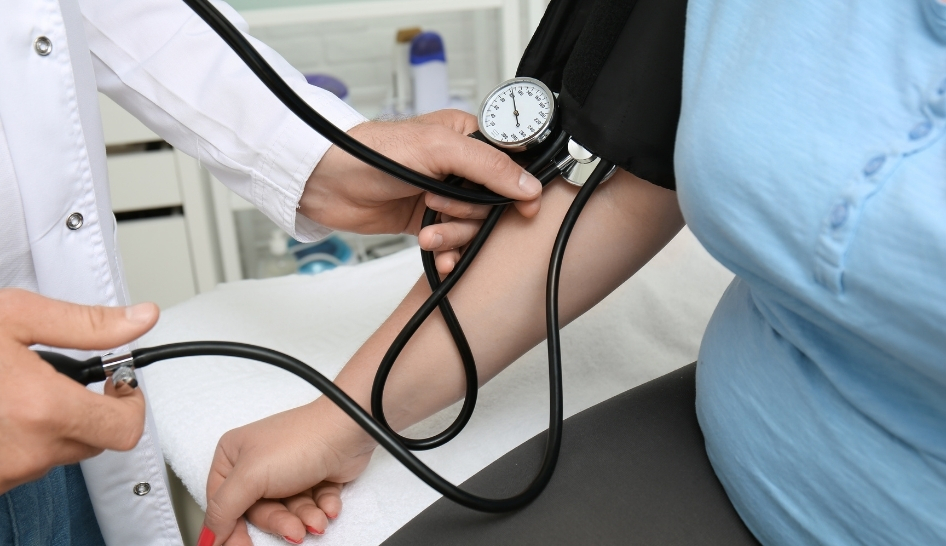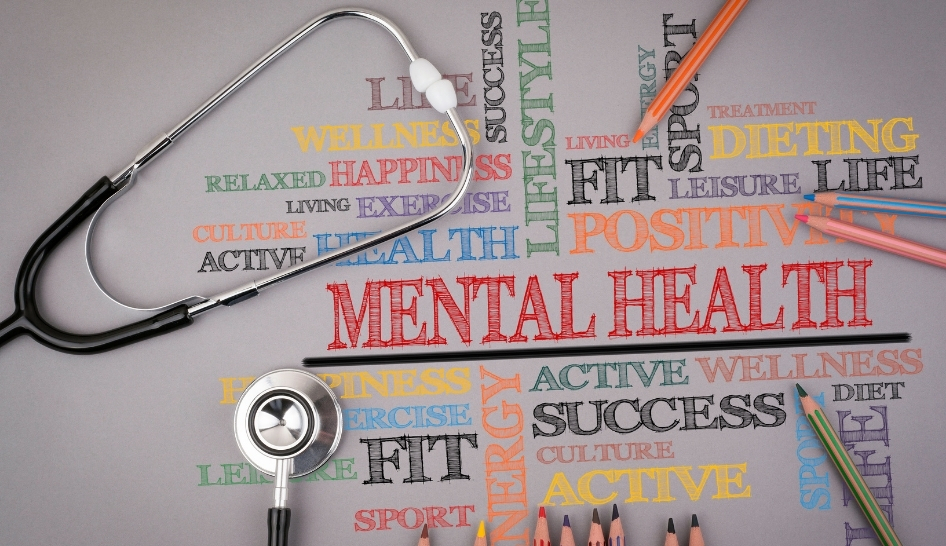To counter the misconceptions and negative news—and mark health clubs as essential businesses—IHRSA is meeting with medical and health policy experts to get their view on the matter. This article is the third installment in a series in which we will share expert opinions from medical, science, and public health professionals focusing on:
- exercising safely in clubs during a pandemic,
- how gyms play a significant role in keeping people healthy, and
- the overall health benefits of exercise.
Most recently, we discussed these topics with Lori Deemer, M.D., medical director of Hancock Wellness Centers in Hancock County, IN, and board member of the Medical Fitness Association, for her professional testimony.
Physical Activity Is an Intervention
“Most people may think that ‘exercise is good,’” says Deemer. “But if they knew how effective exercise is at preventing, treating, and reversing diseases—such as diabetes and heart disease, even improving cancer survival outcomes—we in the industry may be in a position to gain more support from public officials.”
How do we fix this?
“We have to lobby our leaders...persistently and consistently, until [physical activity] is given the priority it deserves,” she says.
Deemer says she believes that physical activity is an intervention that local health officials and healthcare providers need to prioritize because of the ever-increasing healthcare costs and the U.S. population’s health worsening each year.


